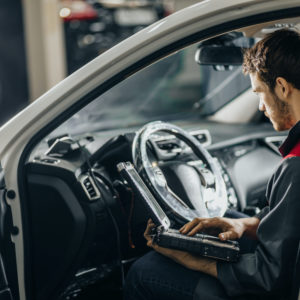Trouble codes make it easier to diagnose, troubleshoot, and fix a mechanical or electrical failure in your car. Depending on the source of the problem, a car’s on-board diagnostics (OBD) can set a series of codes that can be identified using an OBD-II scan tool. If you’re getting the code P0107 on your scanner, let this article guide you with the basics.
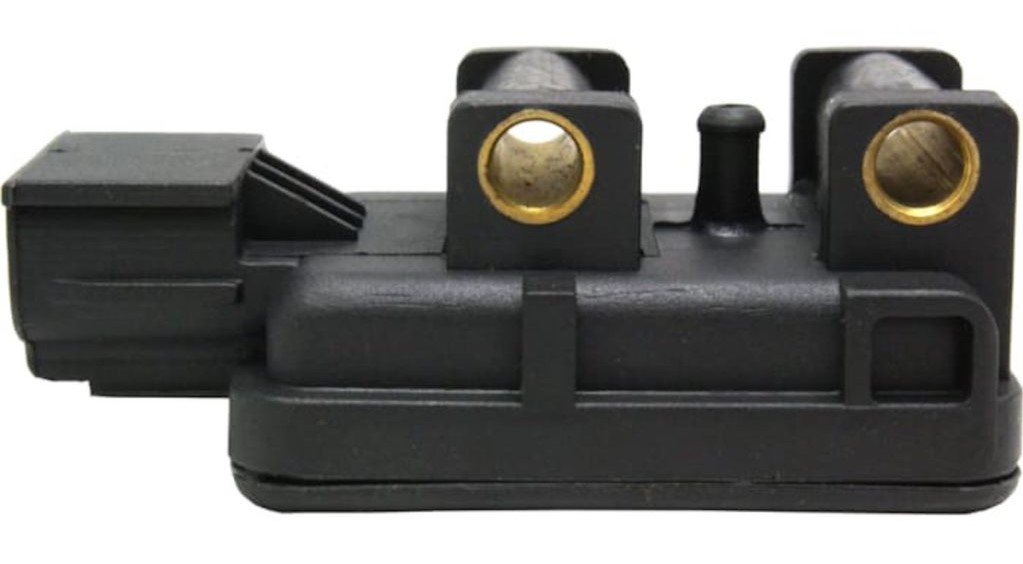
What Does the P0107 Code Mean?
Diagnostic Trouble Code (DTC) P0107 stands for “Manifold Absolute Pressure Sensor/Barometric Sensor Low.” It is set when the PCM detects that the manifold absolute pressure (MAP) signal voltage is categorized as “too low”.

Your car is fitted with a MAP sensor that measures the intake manifold’s pressure. This pressure can be affected by engine speed, throttle opening, air temperature, and barometric pressure (BARO).
The PCM may use the MAP signal for a variety of things, depending on the vehicle’s design. Examples include fuel delivery calculations, EGR control, and diagnosis of other sensors.
If you’re planning a DIY fix for this issue, an advanced understanding of intake manifold pressure could help you arrive at a solution. You can read our technical discussion about intake manifold pressure. Otherwise, continue reading the next section to quickly learn the most likely causes of P0107.
Note: The definition of code P0107 may be different depending on the vehicle manufacturer. Consult the appropriate repair manual or repair database for the exact code definition.
What are the Possible Causes of the P0107 Code?
Here are the common reasons why your MAP sensor is sending too low of a voltage to the PCM:
- Faulty MAP sensor
- Circuit issues, such as damaged wires or poor connections
- Low engine vacuum
- An issue with the PCM, such as software in need of an update
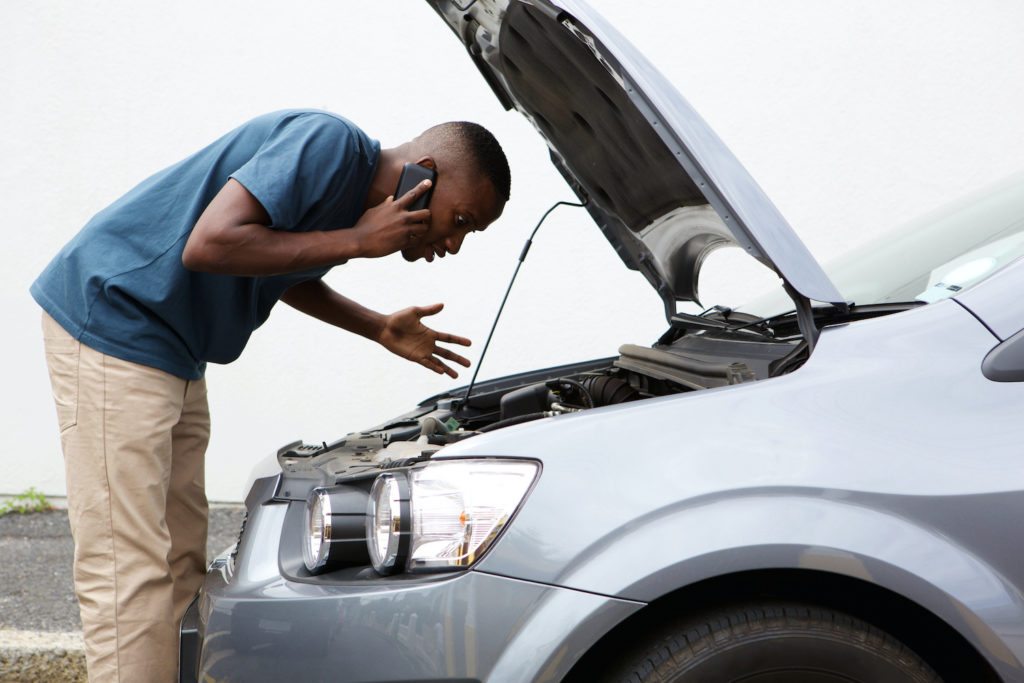
What are the Common Symptoms of the P0107 Code?
Like the causes, the symptoms of having the P0107 code may vary per vehicle. Regardless, here are the potential consequences you can face if you continue driving a car despite getting the code:
- Illuminated check engine light
- Rough running
- Decreased fuel economy
- Stalling or surging
How to Diagnose the P0107 Code
Figuring out what exactly triggered the P0107 code may not be a straightforward affair. You can enlist the help of a mechanic or use a detailed guide if you wish to do the diagnosis yourself.
For more information on what the diagnostic process might involve, feel free to watch the videos listed below.
How to Fix the P0107 Code
As with diagnosis, fixing the P0107 code may be a little complicated because of how many possible things could have triggered it in the first place. This is why a lot of people leave the job to their mechanic.
Of course, you can do the job yourself if you have enough DIY automotive skills. However, you may need the help of online auto repair resources and guides.
Where to Get Parts to Resolve DTC P0107 Issues
If you’re looking to resolve whatever’s causing DTC P0107, you’ll likely need to take a look at your vehicle’s MAP sensor and its different circuits. Failing to identify and fix the issue will mean dealing with continuous rough running and decreased fuel economy. Either way, you (or your mechanic) will probably need new parts to replace any faulty ones you find. For that, you can turn to CarParts.com.
The CarParts.com catalog has a wide range of aftermarket parts for you to peruse. If you need a new MAP sensor or various electrical components for your repairs, we have you covered. We also offer parts at different price points to suit any budget. Our lifetime replacement guarantee also makes it much easier to replace your parts again down the line. Once the parts you buy from us reach the end of their lifetimes, simply order new parts, file a claim, ship the old parts back, and we’ll issue you a refund. Buying replacement parts from us is definitely a worthwhile investment.
Address the root causes behind DTC P0107 as soon as possible. Order a replacement MAP sensor and other parts at CarParts.com today.
Products Mentioned in this Guide
Any information provided on this Website is for informational purposes only and is not intended to replace consultation with a professional mechanic. The accuracy and timeliness of the information may change from the time of publication.


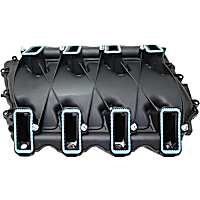 Intake Manifold
Intake Manifold
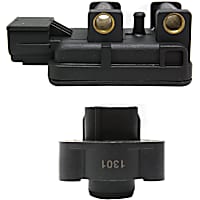 MAP Sensor
MAP Sensor
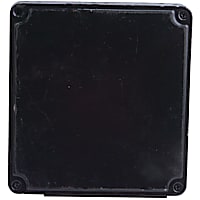 Engine Control Module
Engine Control Module





